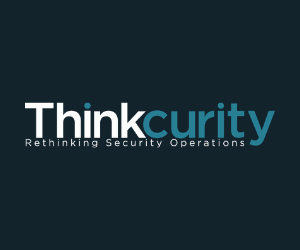In the security industry, sometimes seeing is believing. Which begs the question: Should a security guard company provide video monitoring? For decades security companies relied on tried-and-true onsite guards to patrol premises, check doors and gates, and keep a sharp eye for any suspicious activity.
Technology has changed this equation significantly. Gone are the days when a lone guard walked endlessly back and forth, jiggled doorknobs, checked windows, and pointed a flashlight into dark corners. The emergence of technological devices like remote telescoping cameras mounted on poles or trailers has changed the security landscape immeasurably. With each ensuing year, new advancements emerge and take hold. At large retailers and box stores, where not long ago a security guard was assigned to an off-hours patrol, now remote cameras keep watch over the premises, while security professionals monitor all on-site activities from a command center. Should they spot something suspicious, it can trigger voice-down technology to startle and scare off a suspected perpetrator and alert the police if necessary. Security firms interested in expansion did well to cross-sell these technological advances. Manpower complemented by the latest technology translates to more sales and increased revenue.
On-site guards have their place, to be sure. The human element is a great deterrent to crime, and a security professional patrolling the premises can make split-second decisions that can prevent costly intrusion, and even save lives. Yet there are downsides: Finding qualified guards today is challenging. It’s expensive to train and onboard new security guards. And the costs in terms of salary and benefits continue to escalate.
What’s the optimal solution? A smart combination of on-site guards complemented by state-of-the-art video monitoring!
Video monitoring provides clients with the advantages of being proactive rather than reactive. The best result for any client is to prevent a crime before it occurs. This is where video monitoring pays for itself in numerous ways. Mounted video surveillance cameras can spot an intruder climbing a fence or breaking a window. It can also keep eyes on a perpetrator who has penetrated the perimeter and might be eyeing equipment to steal or enter a store or building. Video surveillance also provides better coverage, particularly for large outdoor spaces like construction sites, parking lots, and automobile dealerships where there might be outdoor vehicles, equipment, and inventory. Around-the-clock video feeds are also stored on the cloud, so they can be accessed at any time for review and scrutiny.

Video monitoring is vastly less expensive than hiring on-site guards to patrol premises. In fact, it can often cut security costs by as much as 50 percent. Clients can also see insurance premiums reduced as a result of installing video surveillance equipment. It’s a win-win — for security providers, and for their clients.
Video monitoring is an excellent way to bolster your bottom line. From the security provider’s perspective, integrating video surveillance apparatus provides a continuous revenue stream. Clients need the added protection and are willing to pay for it every month. In fact, video surveillance monitoring is more profitable than employing on-site guards to patrol the premises. And it frees up employees to be more productive in other areas. It’s another win-win scenario.
These are challenging times for businesses that are struggling to get back to some semblance of normalcy after more than two years of upheaval. The last things business owners need to worry about are break-ins, theft of goods, damage to property, or risks to the safety of employees and customers. Video surveillance is a major step forward in protecting clients’ workplaces, lots, and facilities. It offers numerous advantages, and coupled with manned observation, can make an enormous difference for your clients — and for your security firm. We hope you found this information helpful as you weigh the advantages of integrating video monitoring into your service offerings.



